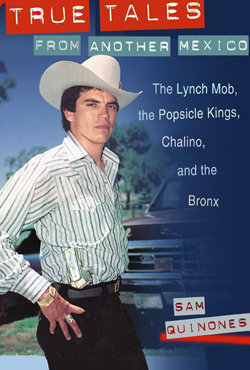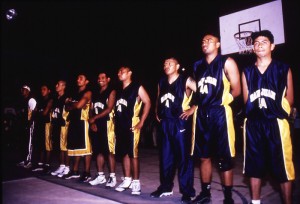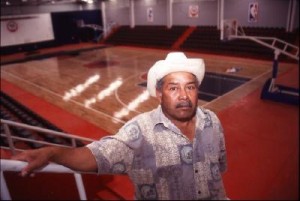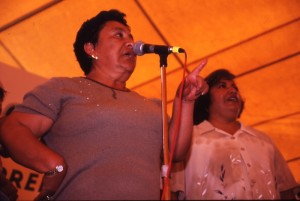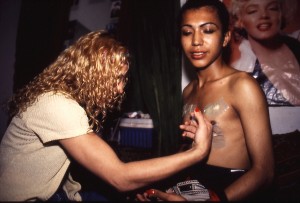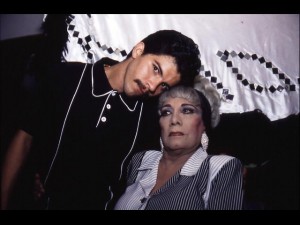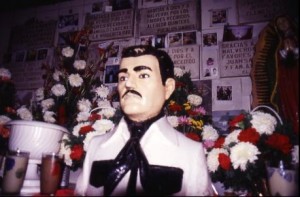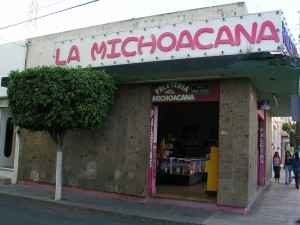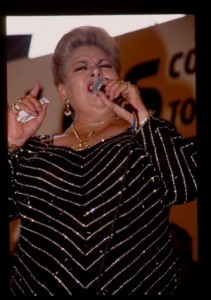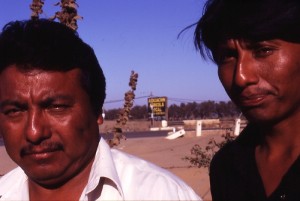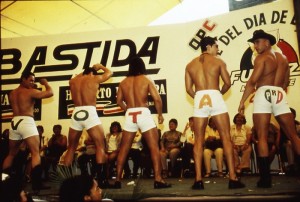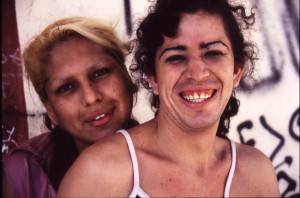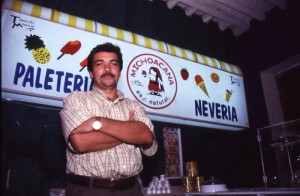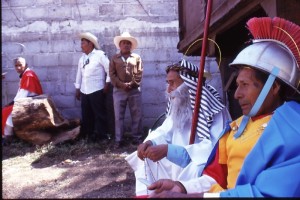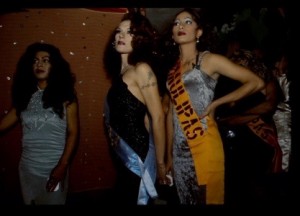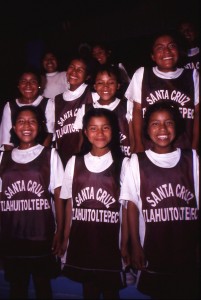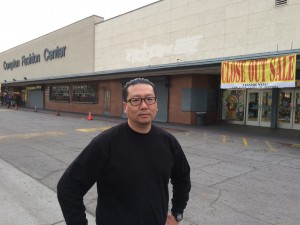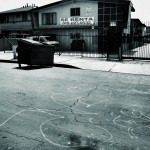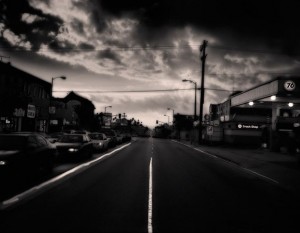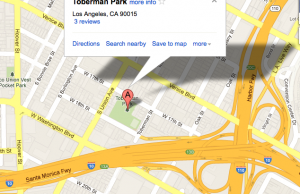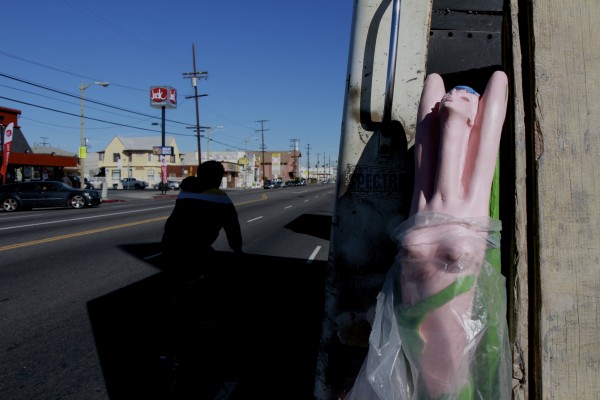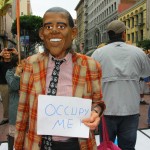My 40th high school reunion is this Saturday. I’m going.
I’ve been to all my high school reunions. They’re fun. Kind of weird, awkward at times, but fun. I like to think of them as great social experiments. Seeing where people landed who started more or less in the same spot. Not quite like those 7 Up movies from Britain, but something like that.
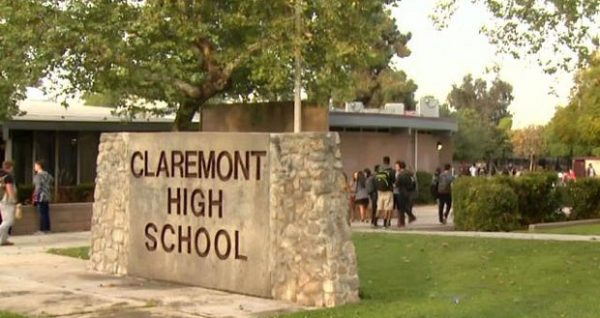 I grew up in Claremont, a small college town 35 miles east of Los Angeles. It was a great place to grow up, if you overlooked the milk-chocolate smog covering the huge mountains nearby.
I grew up in Claremont, a small college town 35 miles east of Los Angeles. It was a great place to grow up, if you overlooked the milk-chocolate smog covering the huge mountains nearby.
As years passed, I noted that I kept in far greater touch with friends from high school than folks whom I met later in life had kept in touch with theirs. John Kennedy, David Fissel, Scott Edwards, Sara Kaviar, Norman Gee, Paul Rohrer, Arthur Cain, Alison Cain, and a few others. I’ll see a few of these folks, though probably not all. They’re all doing well, scattered about.
With John, I went to my first rock concert: Mountain and Canned Heat at the Long Beach Civic Auditorium. 1974. That was a loud show, and Leslie West and the guys from Canned Heat sure were fat. Canned Heat’s singer wore big blue overalls with the word “Boogie” in rhinestones across the chest.
Around that time I was forming fierce, highly convincing arguments that Leslie West was the world’s greatest guitar player. I had a lot of those kinds of arguments back then. I also argued that Kiss would be a “where are they now” story by the time we graduated.
Years later, I spent a lot of time traveling around Europe playing guitar in the streets and plazas for money with Arthur Cain. That was a lot of fun. Good thing to do.
A few of my high school chums have died. Steve Arena and Phil Cornell passed not long after high school. I wish I could see them again.
One guy I haven’t seen almost since before graduation is Robert O’Co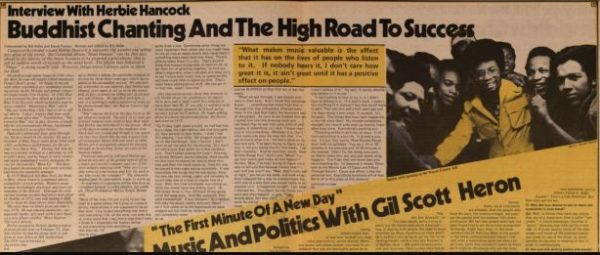 nner. We were Buddhists together in a group called Nichirenshoshu Sokagakkai of America (NSA), where we chanted Nam Myoho Renge Kyo.
nner. We were Buddhists together in a group called Nichirenshoshu Sokagakkai of America (NSA), where we chanted Nam Myoho Renge Kyo.
It’s from Japan but was pretty big in the states back in the 1970s when a lot of California suburban kids assumed that any eastern religion was cool and worth checking out. Herbie Hancock and Tina Turner were members.
I started when I had pretty long hair.
For NSA, I cut my hair. For a while I even tried to learn the bagpipes. I was also in a couple pageants – on the outfield of Angel Stadium and once at Dodger Stadium – that looked something like Up With People.
As a Buddhist organization, NSA was wary of appearing too eastern and mystical and weird, so it went the other way, wanting to assimilate into the squarest of American culture. Hence these pageants – dancing to show tunes on the Dodger outfield. For NSA during the USA Bicentennial, I literally marched in a nighttime parade up 6th Avenue in New York City dressed as a Minuteman with a three-corner hat and a suit lined with lights that were battery-powered and lit up in 4/4 time. No lie.
I was a Buddhist from end of my freshman year at CHS to my sophomore year in college, then I quit. I was happy to be in it when I was – helped me weather adolescence — and happy to leave it when I did.
Through Facebook, Robert tells me he’s got a nice husband and career as an artist in Hawaii, all of which makes me feel good. Looks like he’ll be at the reunion, so that’ll be nice.
I played basketball in high school, though not well. I didn’t improve the way I should have. Senior year was a tough one. Had a falling out with the coach, who never could pronounce my last name, but that wasn’t why we had a falling out. He resigned a year or two later, though not because of me. He went on to coach a college team that holds the distinction of being the only team to lose to the Cal Tech basketball team in the last 30 years or so.
Oh well. I still love the smell of wood-floor gyms. I still play basketball and I’m teaching my daughter, who’s 10.
Unlike most folks at the reunion, whom I suspect are close to grandparenthood, I’m just getting started in the fatherhood game. I’m liking it, though.
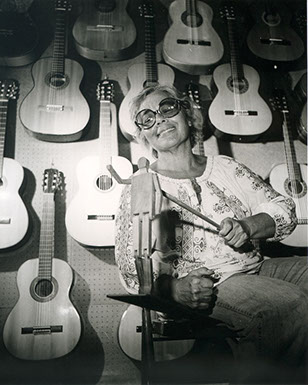 When I was young, Claremont was a guitar mecca. This was due to the influence of the 1960s/1970s, the five colleges in town, and a local music store: Claremont Folk Music Center, where I took my first guitar lessons (folk music, “Michael Row the Boat Ashore”) from Dorothy Chase, who owned it with her husband, Charles. Ben Harper is their grandson.
When I was young, Claremont was a guitar mecca. This was due to the influence of the 1960s/1970s, the five colleges in town, and a local music store: Claremont Folk Music Center, where I took my first guitar lessons (folk music, “Michael Row the Boat Ashore”) from Dorothy Chase, who owned it with her husband, Charles. Ben Harper is their grandson.
(Claremont also had one of the first In-N-Outs, which taught us all what good fast food is.)
Claremont had(s) David Lindley and one of Emmylou Harris’s lead guitar players, whose brother was my guitar teacher later, after I learned to bend notes, which changed my life entirely. After I was taught that bending guitar notes was possible (Jimmy Reed, “Bright Lights Big City”), it seemed to suggest all kinds of things might be bent as well.
It wasn’t long before I was listening to Black Sabbath’s Master of Reality on our family’s old record player over and over. And from there, many years later, to George Jones and Sun Ra. Guitar-note bending will do that.
I think I probably knew 20 people who played guitar. I kept playing, though not well. Three chords, maybe a minor 6th. Enough to play Rolling Stones songs. (Never a major seventh, though. I can’t stand that chord. Ever heard “Color My World” by Chicago? That starts with a major seventh.)
Anyway, the best guitar player in my class was a guy named Pebber Brown. Maybe I’ll see Pebber this reunion. When I want to, I can watch him teaching and shredding away on Youtube.
Another guy, Martin Maudal, played some wicked drums in a band with Pebber, but now he makes guitars: Maudal Musical Machines. I think I’ll see Martin. Also, a guy from my class named Robert Elhai is a composer and writes soundtracks, last I heard anyway. Jim Earl and Barry Lank once had a pretty hip comedy duo. They were in my class – that’s Claremont High School, 1977.
Sid Robinson is a city councilman in Upland. We’re about that age now where some of us are city councilmen, or supervisors, or principals, or something in charge.
All in all, not a bad production for one high school class – and I’m leaving out a lot of folks.
I’ll be interested to see whether any of the girls I had crushes on show up. I remember, though, that that was a tormentingly large group, so probably some of them won’t. Not sure if my old girlfriend will or won’t.
Actually, I don’t know who’ll show up. Of course no one wants to go to a high school reunion on parole or something. A guy from the CHS year before mine aimed high and ripped off a Brinks Armored Car of $1 million. Very successful at his chosen trade, he was never seen again. So reunions tend to be kind of self-selecting. But then the really successful folks often have moved far away, so there’s that balancing it all out. Karen Huffman, our homecoming queen, ended up, last I saw her many years ago, as a curator at the Getty Museum. How many schools’ homecoming queens that you know ended up curating exhibits at major museums?
My grandfather, an illegitimate kid abandoned by his mother and thus an outcast in his Spanish village, always wanted to go home to show all the folks who’d treated him poorly that he’d made it in America, all by himself.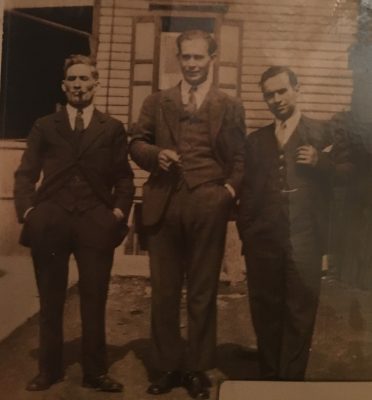
But the Depression, World War II, and the distance from Pennsylvania to Spain kept him from doing it. He (on the right in the photo) died in the 1950s, never having gone back.
I know that family reunions are huge business in Appalachia. That’s because so many have left the region, gone in search of work, yet don’t lose the connections to back home. Many go home every year, sometimes for months. West Virginia’s family-reunion business is massive, I was reading someplace. Same with Kentucky’s. Literally people do not lose touch with the place they left 50-60 years before.
So I have something in common with them.
Same with Mexican immigrants.
Years after high school, I lived in Mexico for a long time where I learned that they have their own version of these reunions – realizing yearly what my grandfather wanted to do just once but never could. They would return to their home villages for the annual fiesta, and throw huge parties, come dressed in fancy clothes. Usually it was the migrants who could afford to spend a lot of money who would go home. You didn’t want to go home poor-mouthing it. I remember they didn’t tell too many people back home about how hard they had to work to earn that money. (Mexican cops got used to shaking these folks down as they drove home. Highway 15 along Mexico’s Pacific Coast was a treasure-trove for cops.)
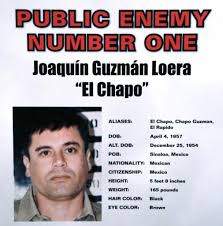 All that makes me think that the urge to go home and see everyone you grew up with is pretty universal – particularly if life’s been good.
All that makes me think that the urge to go home and see everyone you grew up with is pretty universal – particularly if life’s been good.
ONE FINAL NOTE: That urge is a big reason why poor guys in Mexico get into drug trafficking. The kind of money you can make and the rep you develop are great ways of showing others back at the local fiesta how really well you’ve done, and of having other guys envy you, and of getting all the girls to want to talk to you. Especially if you’re buying beer for everyone in the plaza.
So maybe a high school reunion is really just like some get-together of local Mexican drug traffickers or an Appalachian family reunion.
I kind of like that way of thinking about it.


